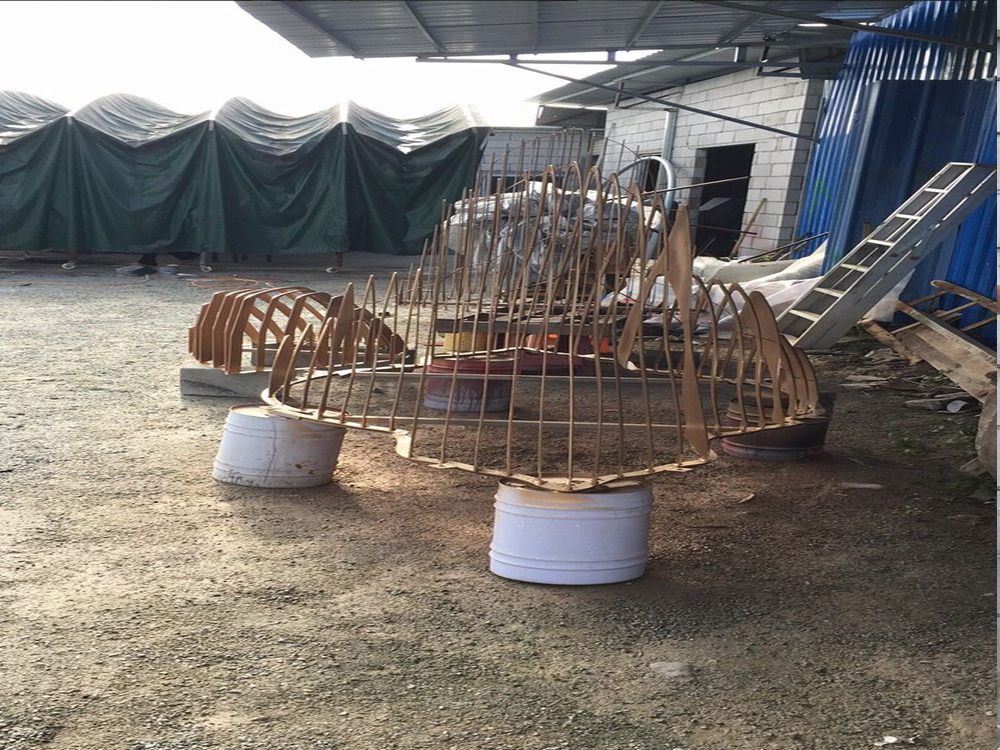
Porcelain sculptures, known for their delicate beauty, achieve remarkable three-dimensionality through the masterful use of light. Artists employ various techniques to manipulate light and shadow, transforming flat surfaces into dynamic, lifelike forms.
One key method is directional lighting, where artists position light sources at specific angles to emphasize texture and contours. This creates dramatic shadows that highlight the sculpture’s depth, making intricate details pop. For example, a softly lit porcelain face can reveal subtle curves and expressions invisible under flat lighting.
Another technique involves translucent porcelain, where light penetrates the material, creating a glowing effect. This is especially effective for sculptures with thin walls, as the interplay of internal and external light adds layers of dimensionality. Artists often backlight such pieces to enhance their ethereal quality.
Reflective surfaces are also used strategically. Glazed porcelain can catch and scatter light, producing highlights that guide the viewer’s eye across the sculpture’s form. By varying glaze finishes—matte, glossy, or satin—artists control how light interacts with each section, further enhancing the illusion of depth.
Finally, ambient lighting plays a role. Displaying sculptures in naturally lit spaces allows changing daylight to animate the piece throughout the day, revealing new dimensions with each shift in illumination.
Through these methods, artists breathe life into porcelain, proving that light is as essential as clay in sculpting three-dimensional masterpieces.

